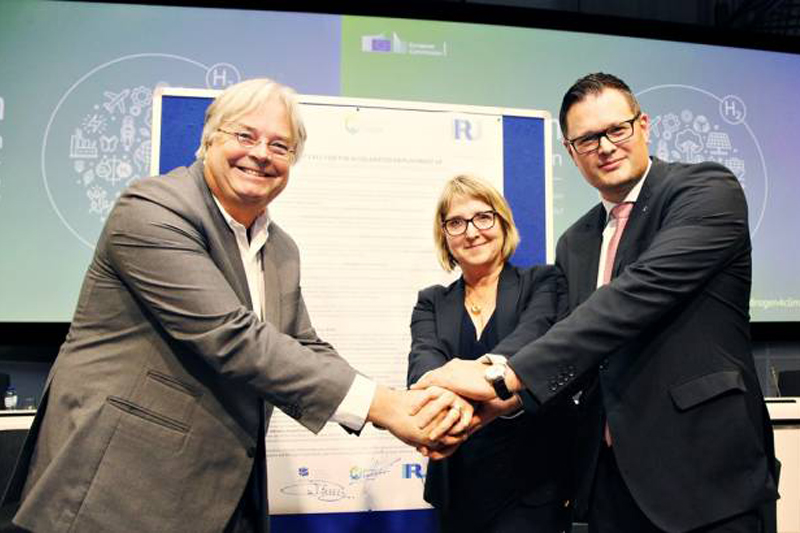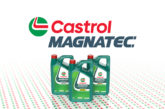
The European Automobile Manufacturers’ Association (ACEA) has called on European policy makers to ramp up investments in EU-wide hydrogen refuelling infrastructure for fuel cell electric vehicles.
Fuel cell vehicles can reportedly contribute positively to the overall decarbonisation agenda of the EU. With zero tailpipe emissions, they help reduce CO2 from road transport while improving air quality for European citizens. Advantages of hydrogen technology are said to include short refuelling time and a long driving range, as well as a vehicle weight and load-carrying capacity that are comparable to conventional vehicles.
Unfortunately, hydrogen refuelling infrastructure is said to be severely lacking in Europe today, putting at risk the development of this zero-emission solution. In addition, incentive schemes for renewable and low-carbon hydrogen mobility are much needed to make it affordable.
In the side-lines of the Hydrogen for Climate Action conference earlier this month– organised by the European Commission (DG GROW) and Hydrogen Europe – ACEA, Hydrogen Europe and IRU came together to sign a statement urging the next European Commission and newly-elected MEPs to provide the right framework to support the roll-out of hydrogen infrastructure across the entire EU.
This reportedly includes revising the EU’s Alternative Fuels Infrastructure Directive to include mandatory targets for hydrogen, developing new financial instruments for infrastructure investments, as well as tapping into existing EU funding mechanisms for example the Connecting Europe Facility.
A strategic plan for the pan-European deployment of infrastructure for fuel cell vehicles needs to be put in place, which also has to take into account the specific requirements of trucks, such as large storage capacities and strategic locations such as logistic centres.
European industry players are at the forefront of hydrogen and fuel cell technologies, and future policies at national and European level should confirm this leadership.
ACEA’s Director General, Eric-Mark Huitema, explained: Along with other alternatively-powered vehicles, fuel cell vehicles hold a strong potential to help make the transition to zero-emission mobility. But their ability to reach this potential depends on a network of hydrogen refuelling stations being built up right across Europe. Today, there are just 125 hydrogen stations in the EU, so there is much work to be done in the coming years.”
Jorgo Chatzimarkakis, Secretary General of Hydrogen Europe, added: “We are pleased to start this intensive cooperation with ACEA and IRU on hydrogen mobility. Nowadays, it is broadly acknowledged that hydrogen is one of the right solutions for the hard-to-abate sectors, especially when it comes to long-range and heavy-duty vehicles. A precondition is the right legal framework to incentivise the production of low carbon or renewable hydrogen, and the respective fuelling infrastructure.”









